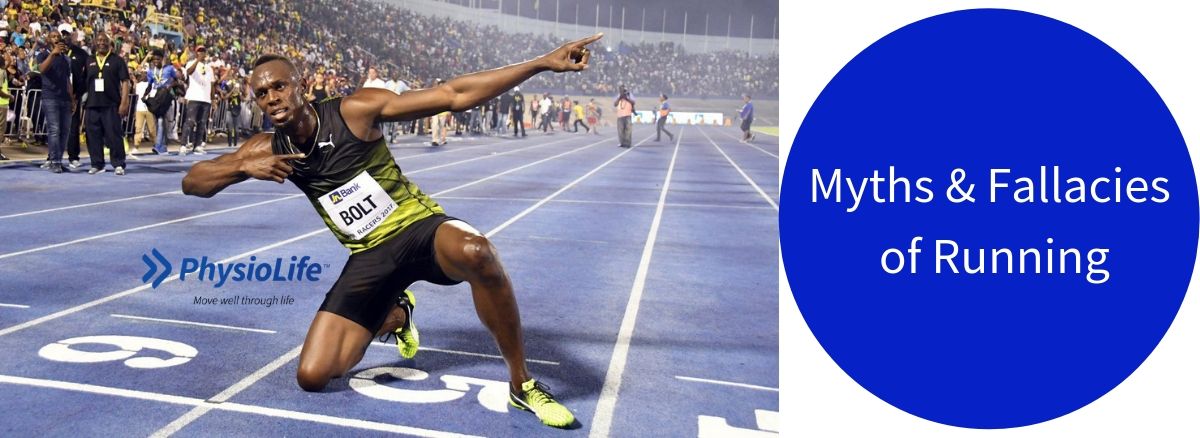Myths & Fallacies
of Running
By Laurence Schubert APAM
Speed cannot be improved; you are born fast or slow
Wrong. There is a maximum potential that you can achieve, in endurance
or sprint events. However, 99% of us have not yet reached that potential. There
are many different avenues to improve your running performance. Your genetic
capabilities may determine if you are suited to short or longer distances. E.g.
Fast vs slow twitch fibres. In saying that, your body is very good at adapting
to your training. This means that you CAN train to get quicker, over a short or
endurance running.
You should never change how someone runs, their current technique is
their best technique
Incorrect. There is an optimal way to run, and small modifications of
technique are often necessary. This should not be interpreted as everyone
should run the same way. Changes to technique are not necessary for everyone.
However, if you are having running injuries, especially if they are recurring,
running bio-mechanics is likely to be a factor.
You may be saying “what about … who is an elite athlete and runs like
…â€. In those circumstances it is important to remember that they also may be
having injury setbacks that you are unaware of. Many elite athletes have
undergone technique changes throughout their career. Just remember that changes
to technique are individualised and depend on the bio-mechanics of the
patient/athlete.
Lifting heavier in the gym will make you faster
Not always true. Take note: strength is very important for running
performance and should NEVER be neglected. However, if an athlete/patient is
strong enough already, focusing on improving 1 rep max may not transfer to
running. A more relevant measure would be power in the gym, e.g. how quickly
can you move a heavy weight.
During acceleration, you must create your own force to increase your
speed. During top speed running, you are using forces that you’ve already
created. This is why strength training is more relevant for acceleration and
change of direction, and lesser so for constant running.
The training volume of 1 hour of sprint work is the same as one hour of
endurance work
Different intensities. Measuring speed work vs endurance is vastly
different. You should not take duration as the main comparison. It is important
to consider all aspects of the training, e.g. intensity, frequency, duration
and type. Having a good understanding of how to structure a running session is
critical.
Final word - How can I improve my speed?
1) Be specific with training type
2) Enhance your running bio-mechanics
3) Address deficiencies or imbalances
4) Develop an appropriate tendon stretch reflex
If you have any questions about running or physiotherapy for running please contact us or book online for an appointment

